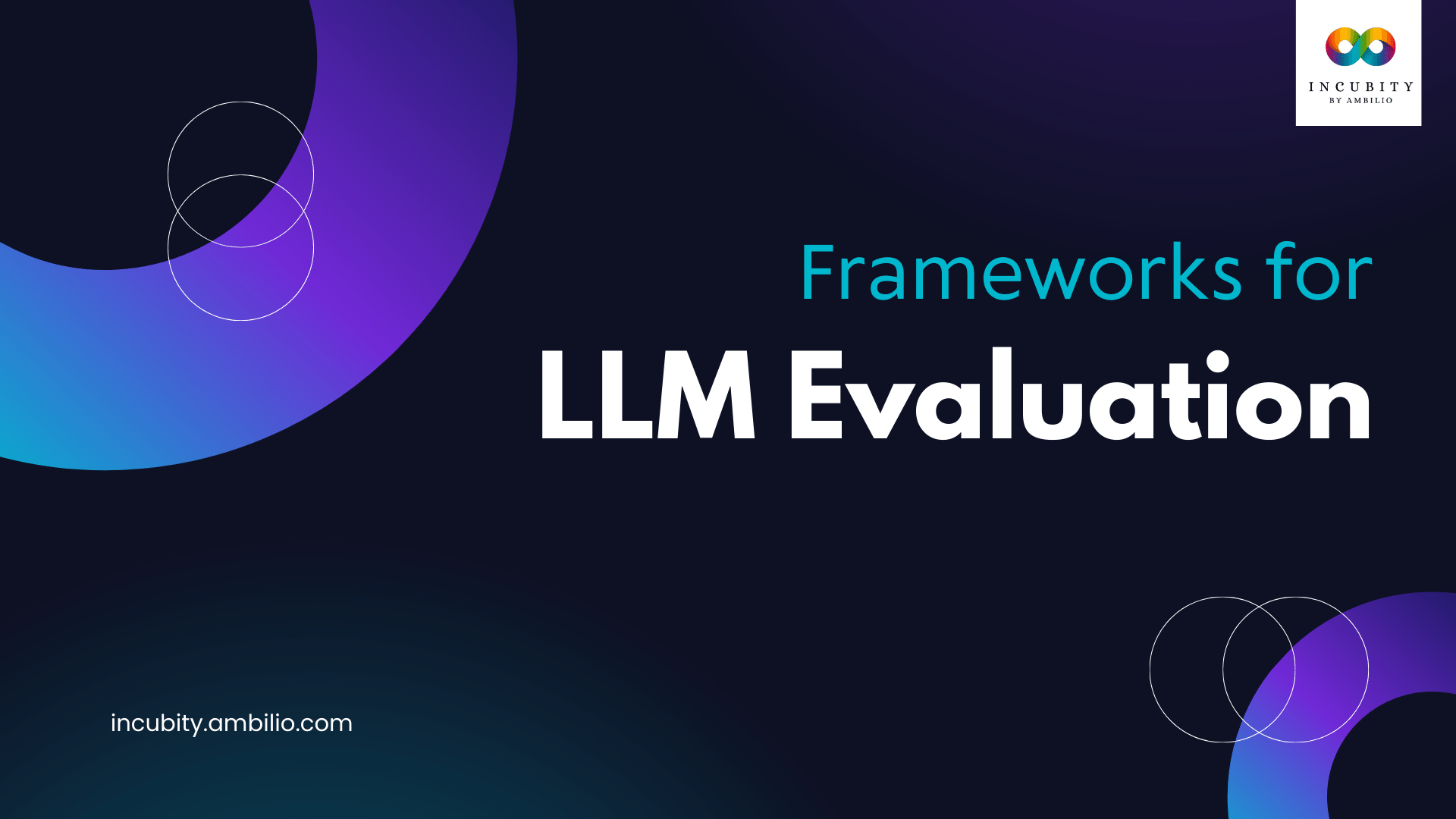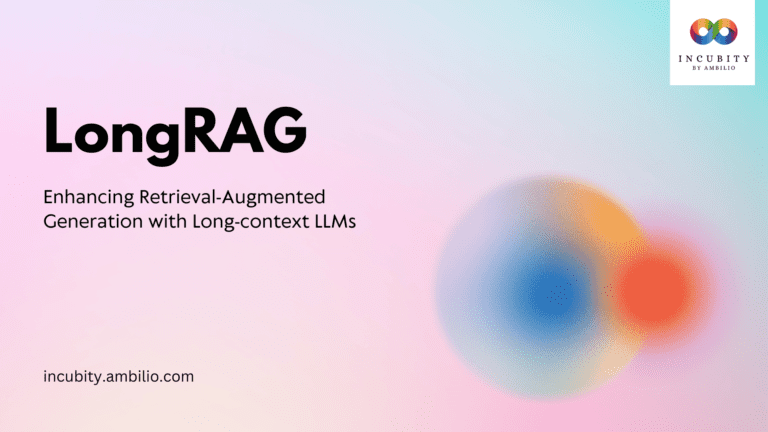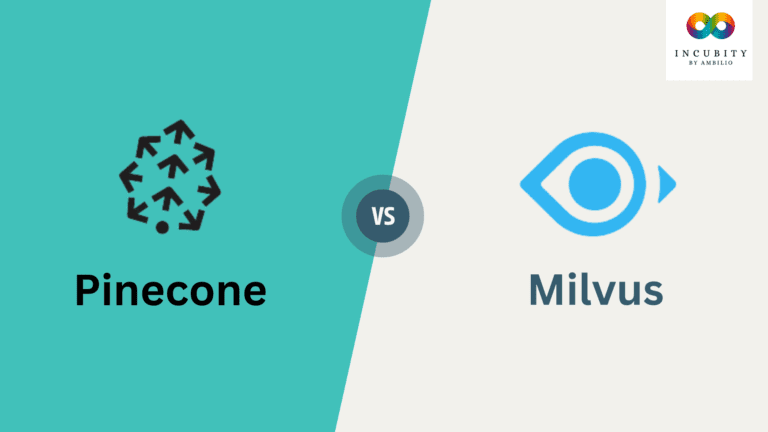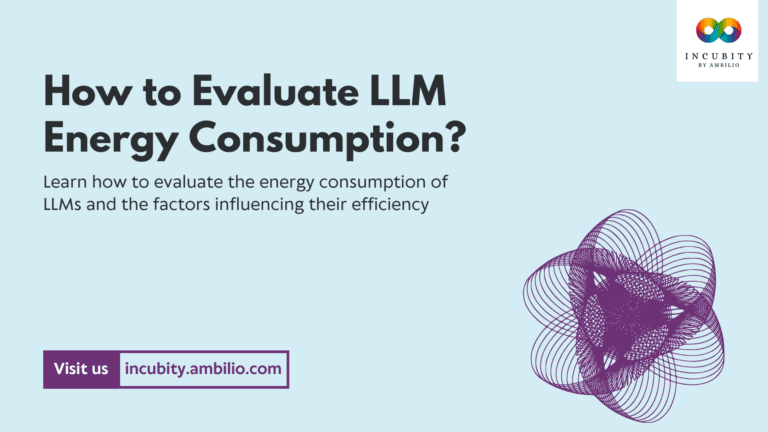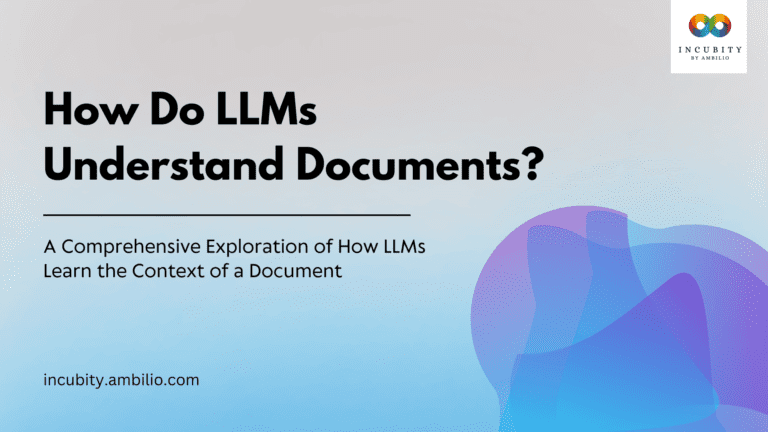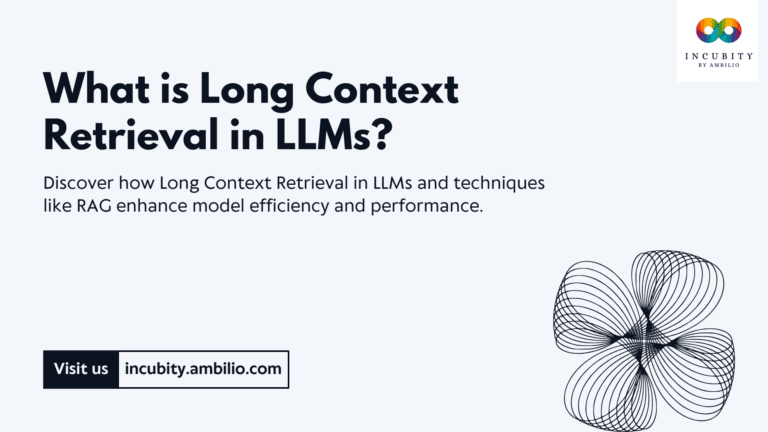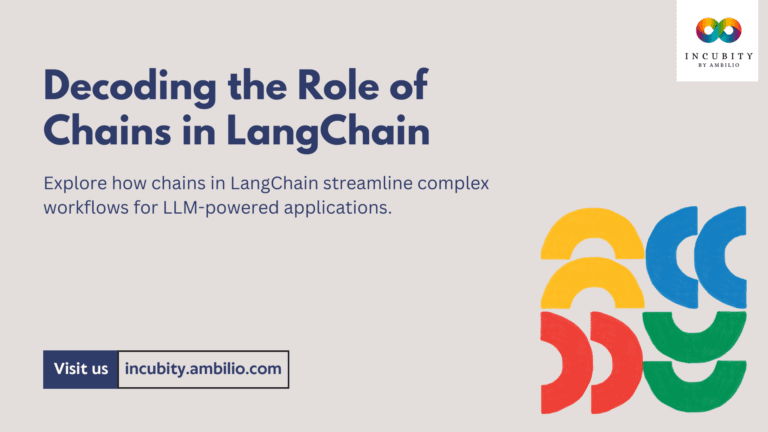In the dynamic landscape of Artificial Intelligence, the emergence of Large Language Models (LLMs) has revolutionized text generation capabilities. These sophisticated models, adept at understanding and producing human-like text, underscore the need for meticulous evaluation. The deployment of such powerful LLMs demands a comprehensive LLM Evaluation Frameworks to ensure responsible development and address the multifaceted challenges inherent in their application. This framework serves as a crucial tool in navigating the complexities of LLMs, facilitating informed decisions and fostering continuous improvement in their deployment across diverse domains.
The Dimensions of LLM Evaluation
Evaluating LLMs is a multifaceted and challenging task that involves assessing their performance across various dimensions. These dimensions include:
- Language Fluency and Coherence: The evaluation framework scrutinizes how well an LLM generates text that is grammatically correct, semantically consistent, and flows naturally.
- Factual Accuracy: Ensuring that LLMs produce text that is factually correct and aligned with real-world knowledge is crucial for reliable information dissemination.
- Contextual Understanding: The ability of an LLM to grasp the nuances of language, understand context, and tailor its responses accordingly is a pivotal aspect of evaluation.
- Task-Specific Performance: Evaluation extends to assessing how well an LLM performs on specific tasks, be it question answering, summarization, translation, or creative text generation.
- Safety and Bias: The framework delves into whether the LLM generates text that is unbiased, avoids harmful stereotypes or misinformation, and respects privacy.
- Versatility: The adaptability of an LLM to different prompts, styles, and domains is evaluated to ascertain its versatility.
- Efficiency: Evaluation considers the speed at which an LLM generates responses and the associated computational costs.
Frameworks for LLM Evaluation
Frameworks for evaluating LLMs typically incorporate a combination of approaches, including benchmark tasks, intrinsic metrics, and utility metrics.
- Benchmark Tasks: LLMs are subjected to standard benchmark tasks such as question answering (SQuAD, Natural Questions), summarization (CNN/Daily Mail, XSum), translation (WMT), and commonsense reasoning (ATOMIC, SWAG).
- Intrinsic Metrics: Intrinsic metrics measure the quality of generated text using techniques like perplexity, BLEU score, ROUGE score, and human evaluation by experts.
- Utility Metrics: These metrics assess the value an LLM provides in real-world applications, including task completion rates and user satisfaction.
Examples of LLM Evaluation Frameworks
Several organizations have developed comprehensive evaluation frameworks for LLMs:
- OpenAI Evals: Evals provide a framework for evaluating large language models (LLMs) or systems built using LLMs. It offers an existing registry of evals to test different dimensions of OpenAI models and the ability to write your own custom evals for use cases you care about.
- EleutherAI’s Language Model Evaluation Harness: A comprehensive framework supporting over 60 benchmark tasks, providing a thorough assessment of LLM capabilities.
- Microsoft’s LLM Evaluation Framework: Focuses on utility metrics, emphasizing user engagement and satisfaction, ensuring the real-world applicability of LLMs.
- Hugging Face’s Open LLM Leaderboard: Ranks LLMs based on their performance across various tasks, utilizing the Language Model Evaluation Harness for benchmarking.
Key Challenges in LLM Evaluation
- Subjectivity of Some Criteria: Evaluating factors like fluency, coherence, and relevance can be subjective, requiring human judgment and introducing a degree of variability.
- Lack of Standardized Metrics: The absence of universally agreed-upon metrics poses challenges in comparing LLMs consistently across different evaluation frameworks.
- Evolving Nature of LLMs: Rapid advancements in LLMs necessitate continuous adaptation of evaluation frameworks to assess new capabilities and potential risks.
- Cost and Scalability: Evaluating large models on extensive datasets can be computationally expensive, impacting the feasibility of widespread adoption.
Final Words
In conclusion, the evaluation of Large Language Models is a complex endeavor that requires a nuanced approach encompassing various dimensions and metrics. The frameworks developed by organizations like OpenAI, Microsoft, and Hugging Face exemplify ongoing efforts to standardize evaluation processes. Despite the challenges posed by subjectivity, lack of standardized metrics, and the evolving nature of LLMs, the development of robust evaluation frameworks is indispensable for ensuring responsible development, deployment, and continuous improvement of these powerful language models. As LLM technology continues to advance, the refinement of evaluation methodologies will play a pivotal role in shaping the responsible integration of these models into various applications and domains.

